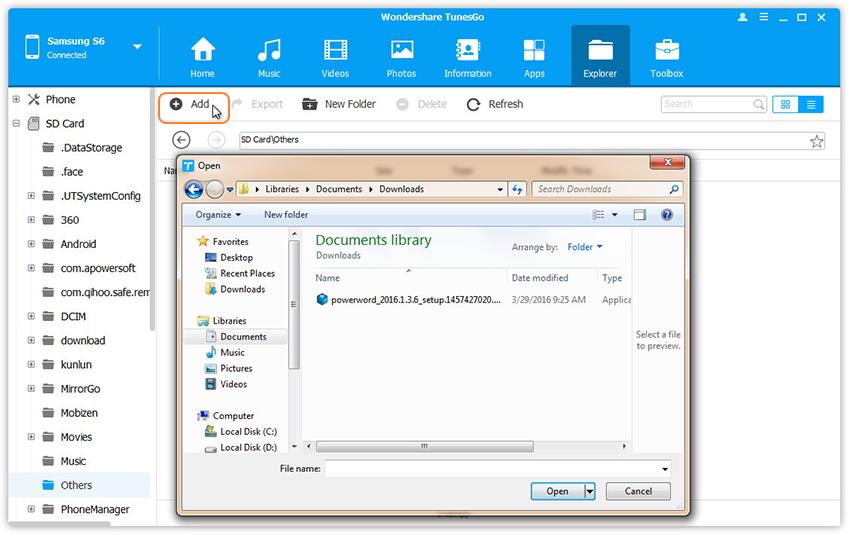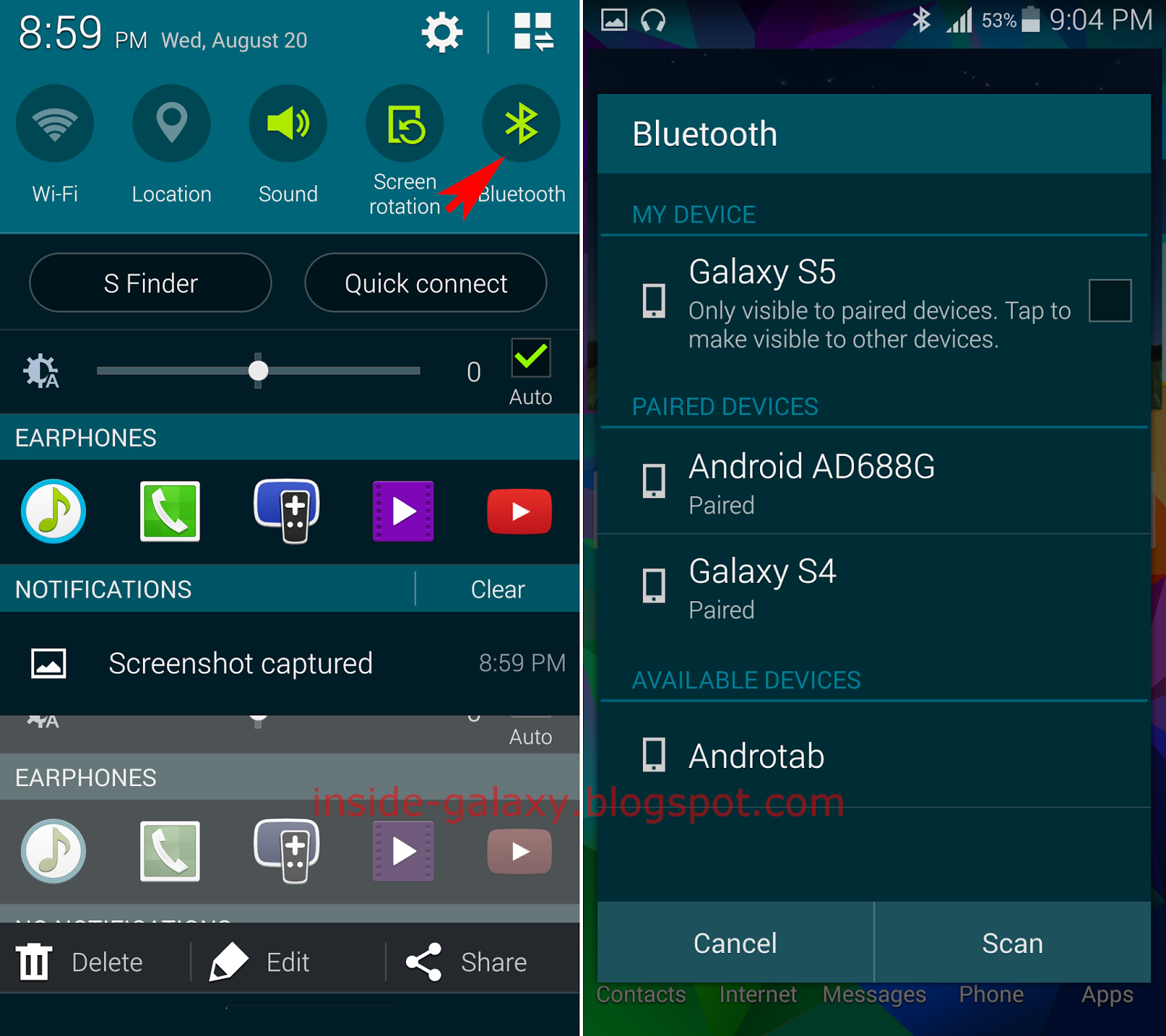

- #Samsung file transfer drivers
- #Samsung file transfer for android
- #Samsung file transfer android
- #Samsung file transfer windows
You can check whether this function is enabled through the Storage tab on your device Settings. More often than not, and this occurs for various security reasons, the file transfer function on your device has been disabled.
#Samsung file transfer drivers
Potential causes include faulty USB ports, incompatible devices, and required drivers that don’t allow the two devices to pair.
#Samsung file transfer android
“Could not connect to the device.” “No Android device found.” “Can’t access device storage.”Īny of these notifications describes a failed Android file transfer. Error messages come in different forms, but the most common include the following:
#Samsung file transfer windows
Most people don’t like having to wait long for file transfers, and so most Android phones have built-in mechanisms to pack in as much data per second as possible.Ĭommon Causes of Android File Transfer Problems #Īndroid file transfers are designed to be simple and straightforward, but small things can sometimes go wrong that lead to Windows or macOS devices failing to recognize your Android phone. It’s also usually the case that the computer is the device to recognize the Android device first as a corresponding app handles the transfer. Android phones aren’t picky when it comes to connecting to other devices, and you can pretty much pair it with any computer available. We’ve got nothing against iOS phones, but it’s quite obvious that the manufacturers would prefer that the device be paired with a Mac. To answer our prayers, Android phones have the uncanny ability to plug into any Windows, Mac, or Chrome OS device. But even with the combined powers of internal and external storage, the aggregate storage would still be minuscule when compared to a basic laptop or PC, which tend to have around 250GB to 1TB of internal storage. Even when factoring in storage space consumed by apps for when they run, that’s still a lot of space. Most Android devices are also equipped with SD card slots to hold SD cards with an average of 64GB storage space. 64GB was already considered a lot in the past, but Android smartphones’ average storage capacity nowadays far exceeds 64GB to reach upper levels of 166GB. Most Android phones have a memory capacity that ranges anywhere from 8GB to 128GB. This makes knowledge of basic troubleshooting for file transfers even more necessary.
#Samsung file transfer for android
Increasing Memory Capacities for Android #Ī growing number of Android phones are being equipped with more memory capacities than ever before. We might not be able to store as many files as we wanted with Android, but it’s the most compact and interactive storage we could ask for. However, we know for a fact that hard drives have much higher storage space and have been designed to hold on to files for a long time. The process of moving files to and from your hard drive is pretty much the same as Android. You can think of your Android phone as a form of an external hard drive that you can carry wherever you go. They have so far evolved from having simple functions towards having more computer-like functions, such as having the ability to store and play large numbers of files in a single device. Smartphones are powerful computers that you can fit in your pocket. In this article, we’ll give you a rundown of the possible solutions to your Android file transfer problems.

Even then, Android file transfers can get complicated due to system-related errors, incompatible hardware, and the device’s failure to connect.

File transfers are usually accomplished within seconds with the help of a USB cable or connector.


 0 kommentar(er)
0 kommentar(er)
